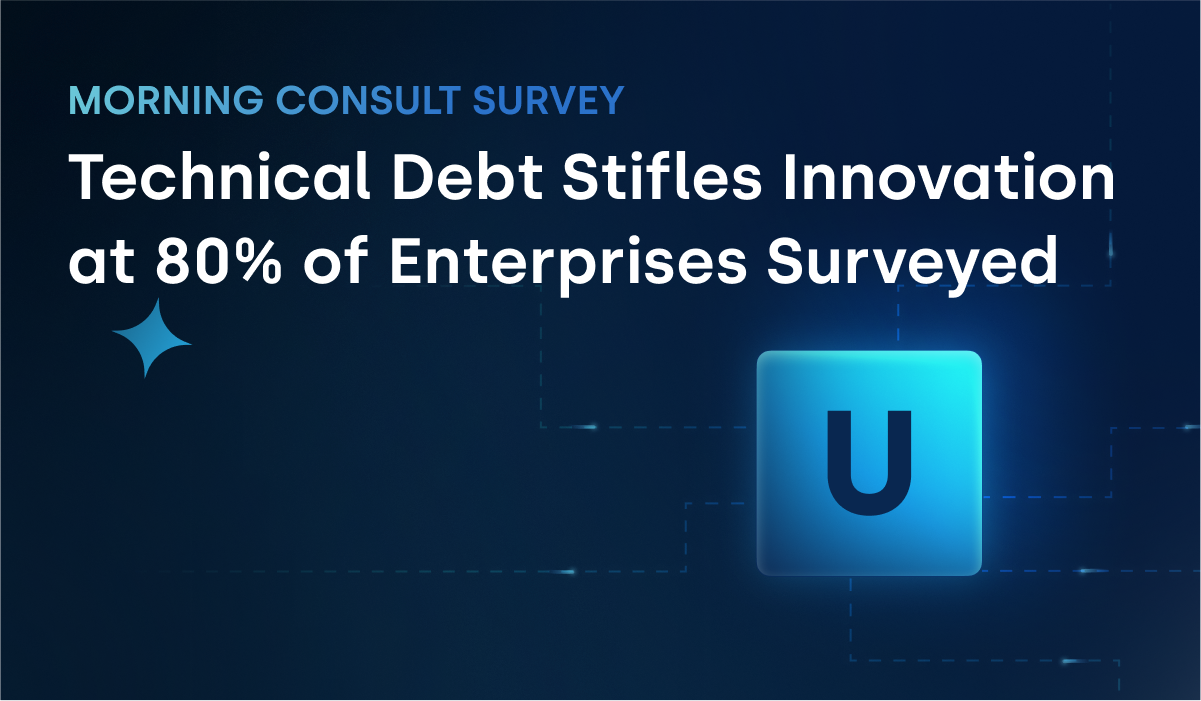The life insurance industry faces long-standing challenges that reach back decades. Market penetration has been in a steady decline for the last 30 years with sales of new policies falling from around 17 million per year in the 1980s to only 10 million today. Carriers are increasingly forced to compete with wealth managers and other financial players who have expanding downmarket into the mass-affluent market to offer families the financial security that consumers used to depend on life insurance for.
To remain competitive, providers must find ways to take advantage of new technologies that can instill operational efficiencies, address the preferences and expectations of younger digitally-native generations, and amplify or augment agent productivity.
Going digital at the enterprise scale, however, isn’t for the faint of heart—particularly in complex and highly-regulated sectors such as life insurance.
Custom enterprise software requires the upgrading and integrating of legacy systems, complying with an evolving patchwork of oversight, and competing for scarce IT talent. Factoring all these challenges together, developing enterprise software can be a painfully inefficient affair with 85% of projects going over schedule and 70% of large-scale digital IT programs failing to even reach their stated goals.
This is why leading insurance firms are increasingly embracing no-code. This new class of cloud-based development platform eliminates traditional friction points and accelerates the building of scalable, enterprise-ready insurance solutions.
No-code offers a number of inherent advantages over other development approaches. For one, no-code platforms come “out-of-the-box” (or, out of the virtual SaaS box) with all the toolsets and elements necessary to build and manage a robust application (e.g., front end UX, workflow, rules engine, analytics, integrations, and maintenance). Since they’re all components of the same unified platform, everything just works together in instant harmony. This means organizations can devote all their resources to addressing business challenges instead of technical ones.
Also, by eliminating the need to write code from the building process, no-code expands the scope of who is doing the development. In a no-code platform, users (or “Creators” as we refer to them at Unqork) build applications by drag-and-dropping configurable elements representing both user-facing features and back-end application logic. While modern programming languages (Java, Python, etc) can take a year to learn and a decade to master, no-code can usually be learned in a month or two, which makes development more collaborative, and recruiting more flexible.
The Takeaway: No-code empowers insurers to explore digital opportunities that would have been inaccessible just a few years ago. In this eBook, we’ll explore how today’s insurance leaders are using no-code to supercharge their digital transformation and deliver benefits to customers (via enhanced services and increased access), employees (who can spend more time building value rather than executing routine tasks), and the bottom line (through lowered overhead and the creation of new sources of revenue).



